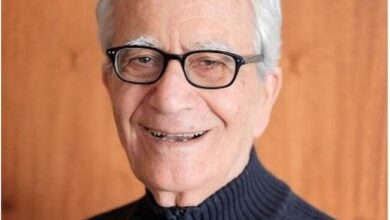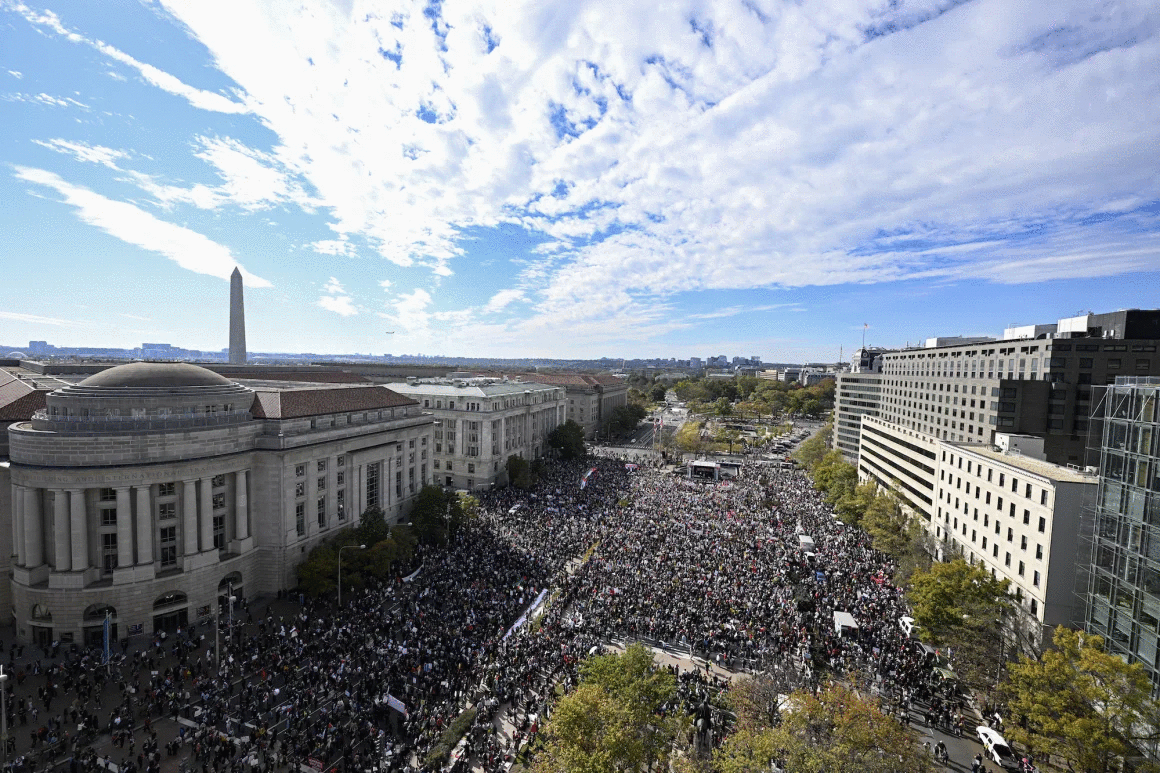
Trump’s Global Strategy and the Middle East Dilemma
Dr. Riad Al-Aisami
Translated from Arabic by Ibrahim Ebeid. February 17, 2025
President Trump’s strategy is mainly based on the slogan he raised in his first election campaign in 2016 and his second in 2024. It is abbreviated as: MAGA
Make America Great Again
Or make America great again. For President Trump, this means that America is no longer as great as it once was. He will restore her lost greatness. Although he repeatedly stated what he would do to make America great again, he did not explain when he thought America was great, and why. And whether and how what he will do is governed by the same measure of greatness. As a candidate for change in the Republican Party, he did not, as Republican change candidates used to, link his project for change to the philosophy of President Ronald Reagan, who is considered the authority for change in the party. This is thanks to his financially conservative and socially moderate domestic policies, which represent the broader spectrum of American society. His administration’s global policy is also the most successful since World War II. This is because they led to the end of the Cold War and the overthrow of the Soviet Union by depleting it economically in the Star Wars race, without any direct military confrontation with it. In doing so, President Trump presents himself with a different and iron reference, not only for the Republican Party but for the United States as a whole. As is expected with any change, President Trump’s approach will encounter many obstacles and difficulties both internally and externally. It could lead to a change in the United States as the world has known it since World War II. The most important difficulty that President Trump will face externally is the dilemma of the Middle East, specifically dealing with Israel, as was evident in his handling of the future of Gaza as a prelude. To understand the depth of the problem that President Trump will face in the Middle East, it is necessary to identify its real causes.
The fundamental problem of the Eastern Mediterranean is its importance. It is the land of civilizations, the landing ground of revelation, and the birthplace of the prophets. That is why it has been the epicenter of conflict since the dawn of time. But this conflict has intensified, cruelly and bloodied after the emergence of religions in it nearly five thousand years ago. At a time when religions came to regulate human life and create a state of brotherhood and love among them and to bring reassurance to their souls, human beings misused them and turned them into a means of conflicts, divisions, authoritarianism, tyranny, and attempts to abolish the other. As well as to control and monopolize the land of God without the other under the pretext of closeness to God more than others. After the Jewish Exodus of the Israelites from Egypt, European Christian crusades entered the region. Islamic conquests were launched to Europe. That has transformed the conflict from a civilizational conflict into a religious one. Divisions and conflicts have affected the religions themselves and turned them into rival sects and sects, as happened with the Christian communities in Europe. And Islam in the Middle East. The regional religious conflict turned into a continental conflict. The discovery of the two continents of America, South and North, was a coincidence. In 1492, the Italian Christian priest and sailor Christopher Columbus tried to find a route from Europe to the Far East, China, and India at the time, not passing through the land of the Mohammedans, and justified the necessity of the journey in his request to the kings of Europe at the time. One of the most important causes of World War I, in addition to defeating the German Empire and controlling Europe, was the overthrow of the Islamic Ottoman Empire and the acquisition of its spheres of influence in the Middle East by the British and French empires. And that’s what happened. The sharing of influence between Britain and France in the Middle East culminates in the Sykes-Picot Agreement. After World War II, the United States, the greatest victor in the war, supported the partition of Palestine in 1947. The main objective of which was to control the Middle East and keep the British and French away from it. And that’s what happened. Today, amid World War III, US President Donald Trump is trying to win the war without fighting it, redividing the division in the Middle East and Palestine to impose a new reality on a religious basis as in the past. It is as if today’s leaders have not learned from the lessons of the past of their predecessors. Therefore, if President Trump succeeds in achieving what he says he seeks to achieve in the Middle East, Europe, and the world, he will not prevent a third world war, as he says, but will reproduce the facts of history and pave the way for a fourth world war. Albert Einstein warned in a letter to U.S. President Harry Truman in 1945 when he ordered Truman to drop nuclear bombs on the cities of Hiroshima and Nagasaki in Japan to end World War II: “I don’t know of any weapons that will be fought in World War III, but World War IV will be fought with sticks and stones.” *
Therefore, if President Trump wants to prevent the expansion of existing wars into World War III, he must cancel the effects of World War II, the repercussions of which were the cause of these wars and the upcoming World War III. He must start in the Middle East, and decide the future of Israel, which was imposed on the Middle East as a state as a result of World War II. Reproducing the past by force does not change the present and does not guarantee a better future without wars, as President Trump believes. Therefore, if President Trump wants to achieve a viable and viable solution for the region, he must act based on aggregation, not partition. And to restore the region to the state of civilizational harmony that it was before religions while preserving the privacy of all religions and their sanctities in the region, and not favoring religion over religion. And one person over another. This is because it has become in the United States geostrategic interest to create an overlapping, integrated, and strong geographic area that will be its strategic partner against its first competitor, China. Europe was also facing the Soviet Union during the Cold War. This solution no longer lies in Israel remaining as a privileged state in the region but rather reintegrating its population with the region’s population. The geographical restoration of the region as it was in an important period of history, is limited to three main regions. It is Yemen, Arabia, and Mesopotamia, which today includes Iraq and Greater Syria. Controlling this entire region and having the keys to the continental gateways in the region, Egypt, Turkey, and Iran, makes it easier for the United States to control not only Asia, which is home to its rival China but also Europe and Africa. Especially since two-thirds of the world’s population lives in Asia and Africa. Although Europe is no longer the advanced front of the United States as it was in the conflict with the Soviet Union during the Cold War, it remains the eastern bank of the Atlantic and the safety valve with Russia, which geographically monopolizes much of Asia, which China can use to reach Europe. The Atlantic Ocean, with its central global geography, is also an important location for the United States, despite its shift in its new strategy towards besieging China in the Indo-Pacific. Such a long-term strategic vision is not part of President Trump’s project for a great America. On the contrary, his short-term strategy is for four years, of his presidency. It relies primarily on isolating the United States from global problems and commitments, including the Middle East.





